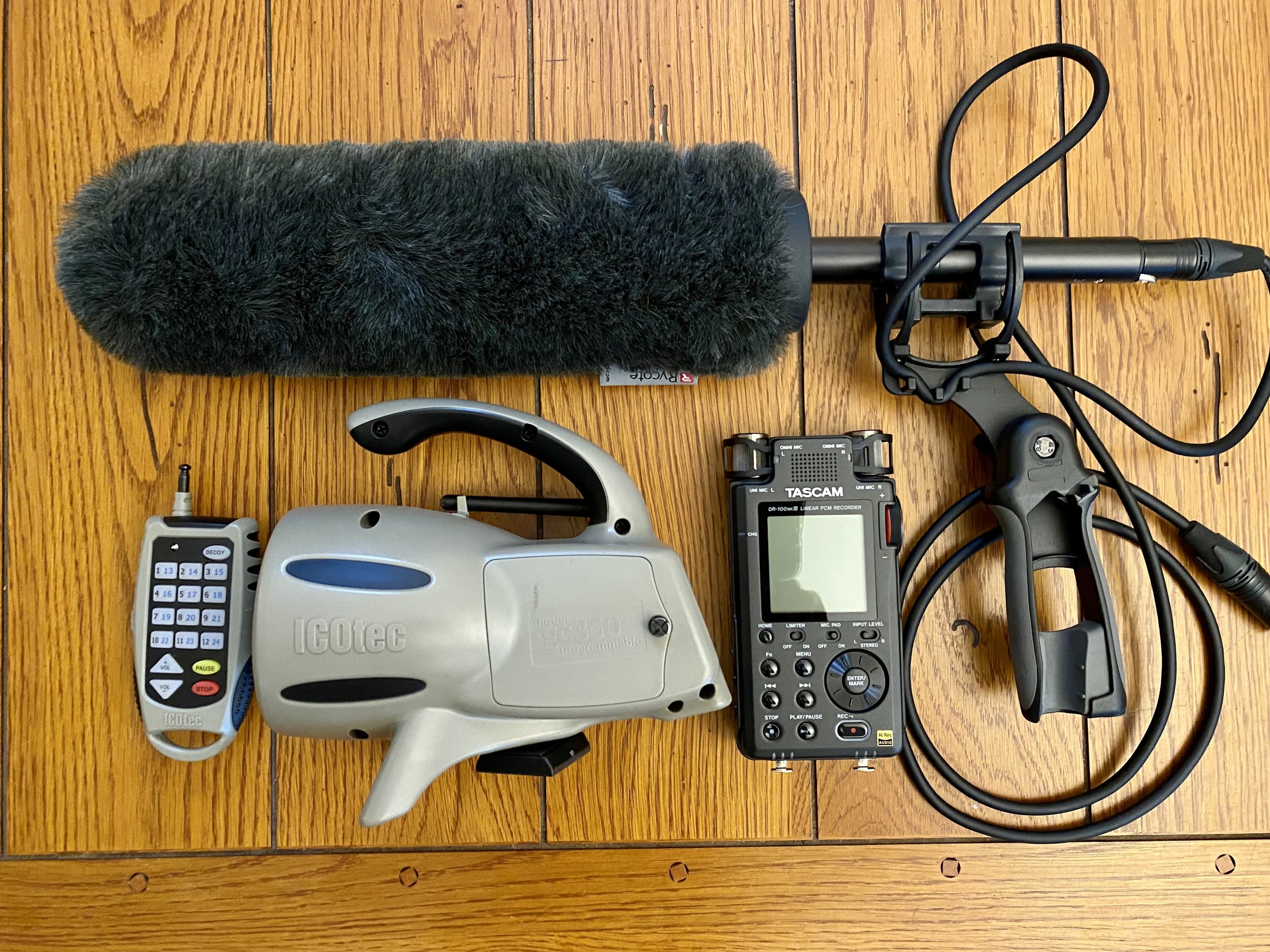
Ecology of Coyotes in Rock Creek Park
The movement, diet, and vocalization of Eastern Coyotes in Rock Creek Park
In 2019 and 2020, DCP Research Lead Lindsay Powers installed field camera traps in four of Rock Creek Park’s tributary areas: Pinehurst Parkway Park, Soapstone Valley Park, Melvin C. Hazen Park, and Piney Branch Park. Coyotes were seen in all of the parks, and nearly all coyote sightings occurred at night and in the early morning when there were few (if any) people around. Coyotes used the trails within the four tributary parks to move away from and toward Rock Creek Park, which suggests that coyotes use these parks as green travel corridors into more developed surrounding areas. The camera trap data also provided evidence that foxes might avoid coyotes in areas where their home ranges overlap, as foxes were seen more frequently when at least a few days had passed since the last coyote sighting.
Read Lindsay’s complete thesis on the movement, diet, and vocalization of Eastern coyotes in an urban environment here.
Coyote scat found in Rock Creek Park.
Scat (poop) samples collected in Rock Creek Park showed that at least some DC coyotes take advantage of the wide range of wild prey and plants available in the park. Coyotes around the country have shown this same opportunistic tendency. Looking mostly at bones and seeds, we identified seven animals and eleven plant species from remains in 39 scat samples. White tailed deer (perhaps road-kill) and vole were the most common of the identified animals, and other species included rabbits, a bird, a raccoon, a shrew, and a squirrel. Persimmon and porcelain berries were the most common plants. DCP hopes to learn more about local coyotes’ diets in the future, potentially with the help of DNA analysis of food items in scat collected from Rock Creek Park and other parts of the city.
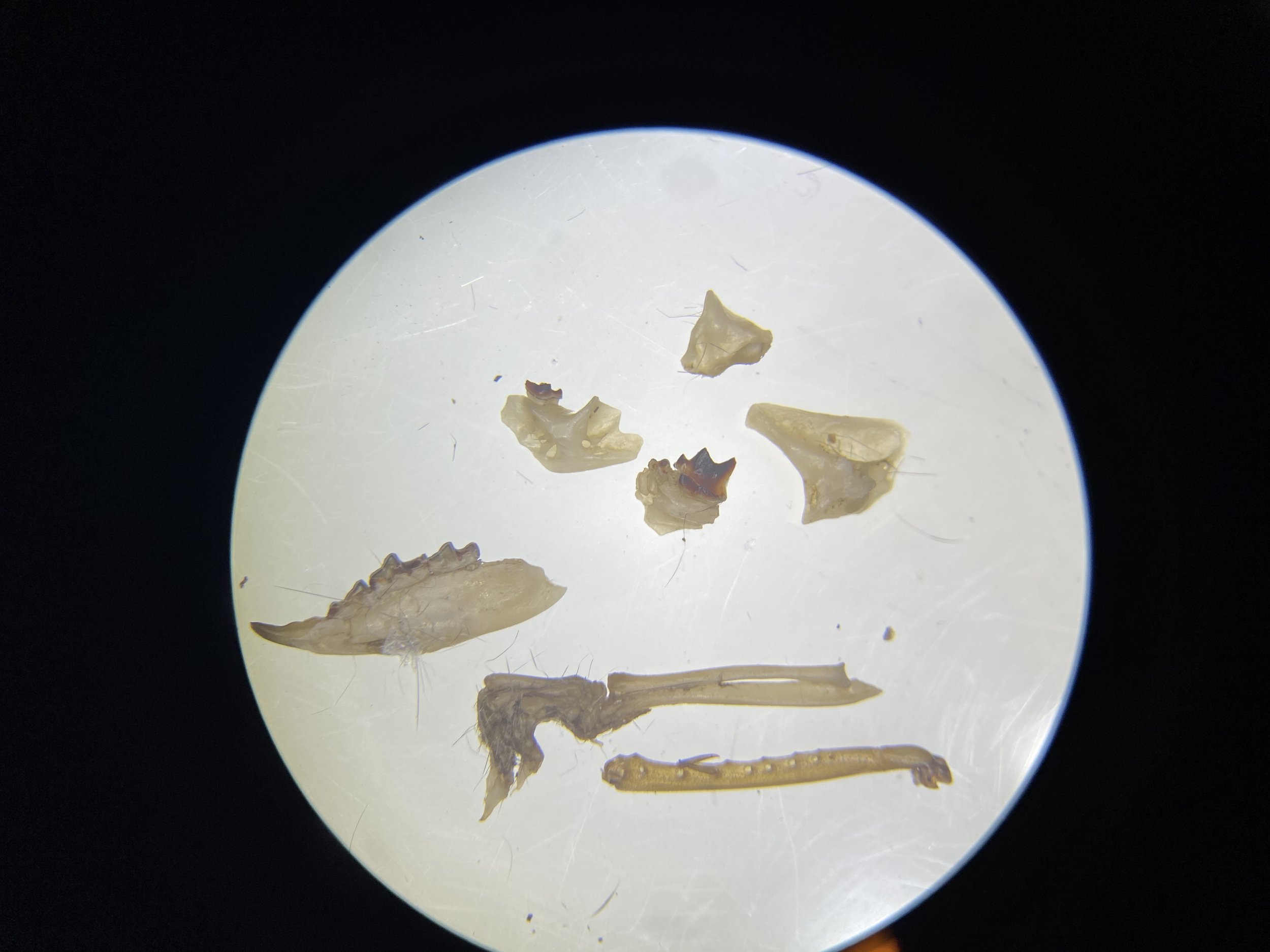
Bones from a shrew in Rock Creek Park.
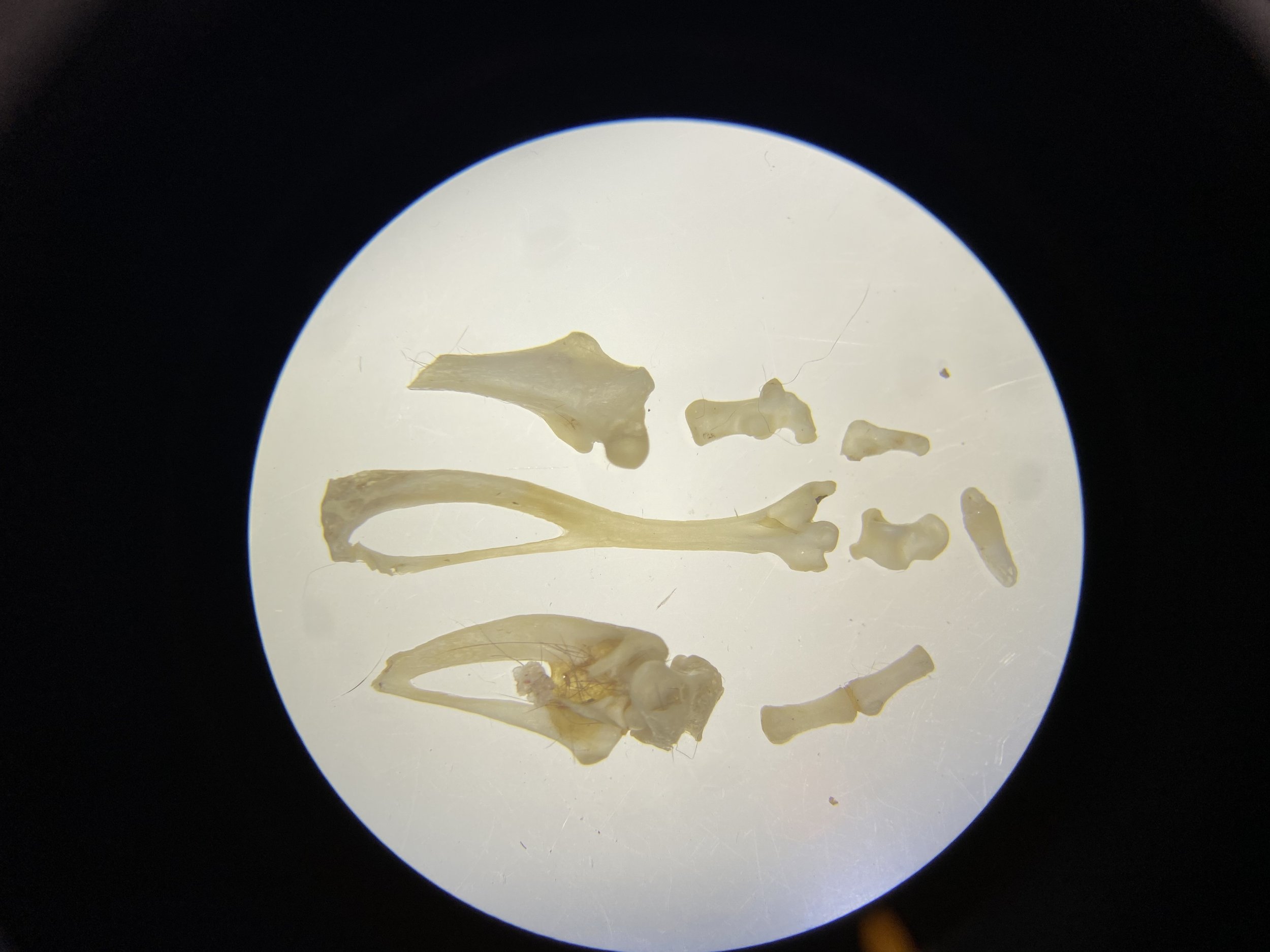
Bones from a vole in Rock Creek Park.

Deer bones are displayed in the top row and what we believe are pieces of the hoof on the bottom row.
District Coyote Project will also continue to conduct vocalization studies in DC. Currently, we are planning on using remote acoustic recorders to capture coyote vocalizations around the District. The ability to record these vocalizations and identify coyotes from their howls could be used to help track the growth and movement of the District’s coyote population. DCP also plans to build on past research it has done using bioacoustic software to identify individual coyotes based on their howls. This information could not only help us learn more about our coyote neighbors, but also assist us in targeting outreach to communities most likely to live with coyotes.
Pictured left is broadcast and recording equipment used during howl surveys.
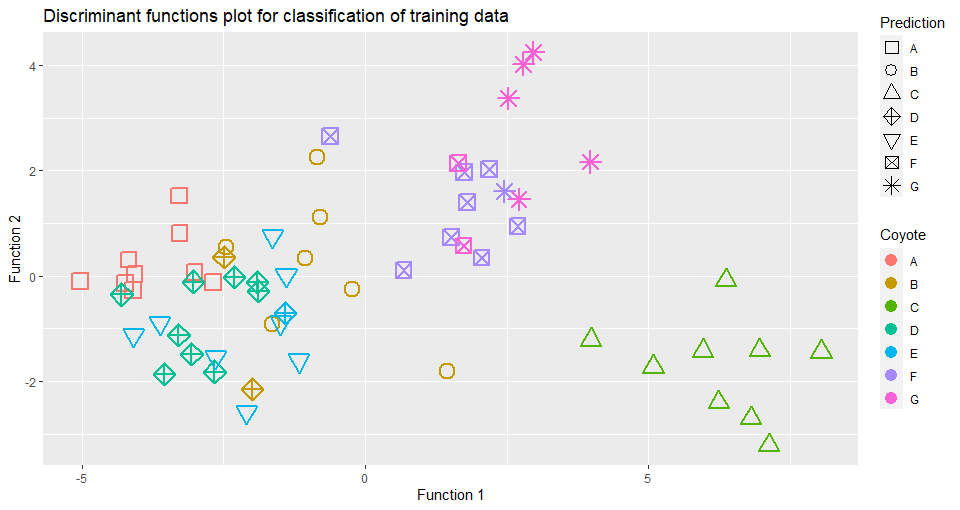
As part of her thesis research, DCP Research Lead Lindsay Powers built a model to identify individual coyotes based on their howls. This plot shows how well the model predicted which howl belonged to which coyote. The actual identity of each coyote is represented by a unique color. Predictions of coyote identities based on their howls are represented by unique shapes. If the model correctly predicted all of the howls all points of a certain color would be plotted as the same correct shape.
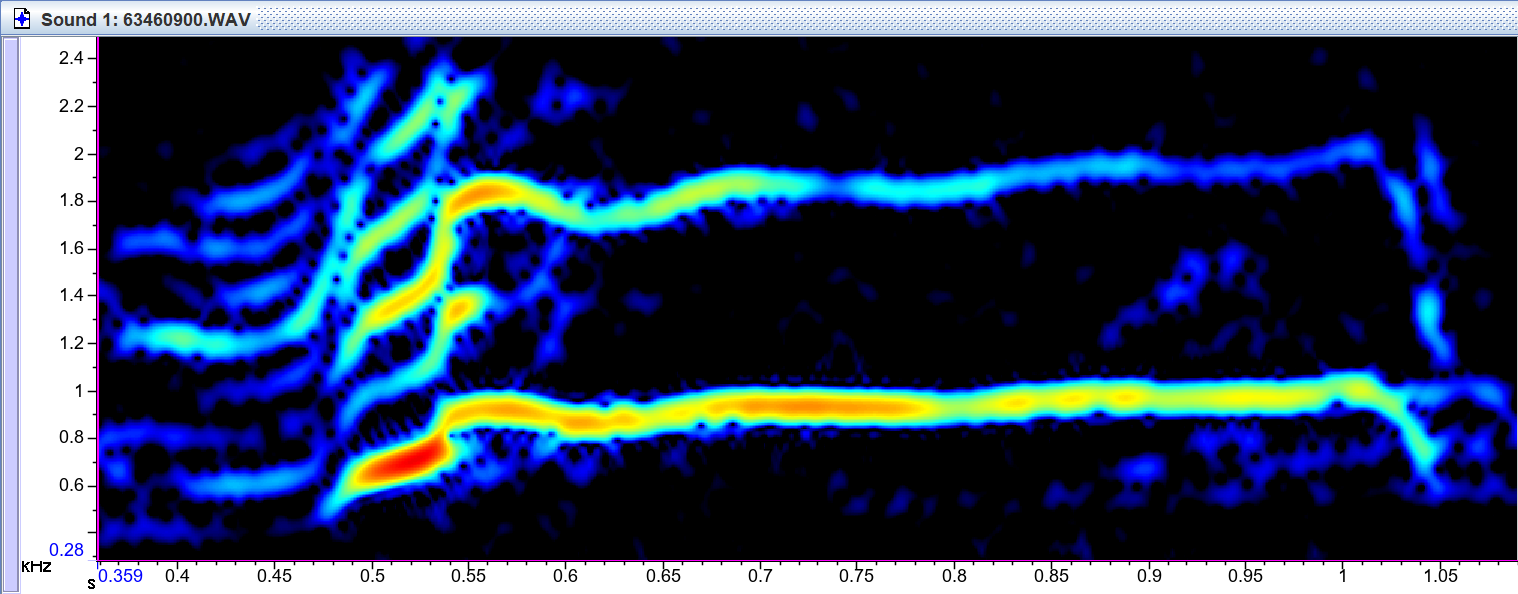
Spectrogram of a coyote howl displayed with the bioacoustic software Raven Pro.





